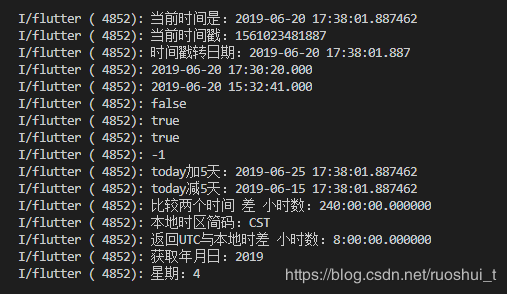


In a shell environment/script you can get it with date '+s' At the time of writing, the current time is 1321358027. %T: Display the time in 24 hour format as HH:MM:SS. The problem the usually becomes transforming a date/time into this format. %y: Displays last two digits of the year(00 to 99). %m: Displays the month of year (01 to 12).
#Linux date now minus minutes full
%B: Displays full month name(January to December). %b: Displays abbreviated month name (Jan to Dec). %h: Displays abbreviated month name (Jan to Dec). %A: Displays full weekdays (Sunday to Saturday). %a: Displays the abbreviated name for weekdays (Sun to Sat). %d: Display the day of the month (01 to 31).

This was done few seconds after the above date command’s output.ĩ: List of Format specifiers used with date command: The timestamp of datefile is changed using touch command. We can modify the timestamp of a datefile by using touch command. date command separate month day hour minute in linux date minus 1 day in shell script linux bash today. Date and time after 1 year on the current day.Ħ: -s or –set Option: To set the system date and time -s or –set option is used.ħ: –file or -f Option: This is used to display the date string present at each line of file in the date and time format.This option is similar to –date option but the only difference is that in –date we can only give one date string but in a file we can give multiple date strings at each line.Ĩ: -r Option: This is used to display the last modified timestamp of a datefile. Answers related to date linux minus 1 day.For example, instead of seeing the current date, we can see the date and time from five days ago, five years in the future, etc. Date and time of upcoming particular week day. The date command on Linux can be used to see the current date and time, but we can also use addition and subtraction arithmetic with the command to extend its functionality.

But this will not affect the system’s actual date and time value.Rather it uses the date and time given in the form of string.Ĥ: Using –date option for displaying past dates:ĥ: Using –date option for displaying future date: Literally speaking the epoch is Unix time 0 (midnight ), but 'epoch' is often used as a synonym for Unix time.
#Linux date now minus minutes iso
Note : Here unix system is configured in pacific daylight time.Ģ: -u Option: Displays the time in GMT(Greenwich Mean Time)/UTC(Coordinated Universal Time )time zone.ģ: –date or -d Option: Displays the given date string in the format of date. The Unix epoch (or Unix time or POSIX time or Unix timestamp) is the number of seconds that have elapsed since Janu(midnight UTC/GMT), not counting leap seconds (in ISO 8601: ).


 0 kommentar(er)
0 kommentar(er)
